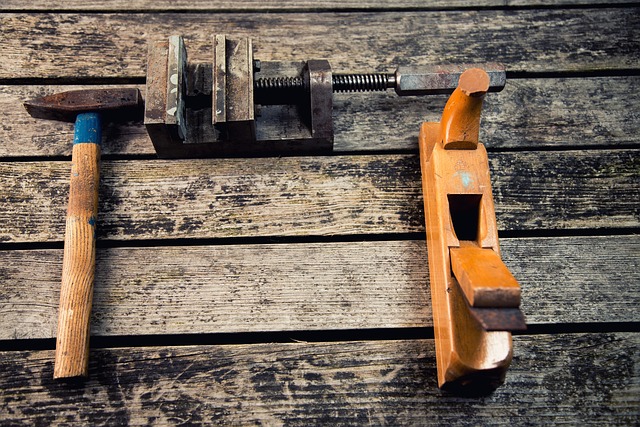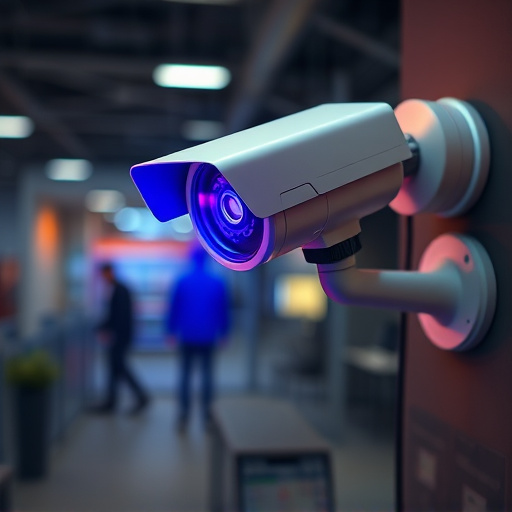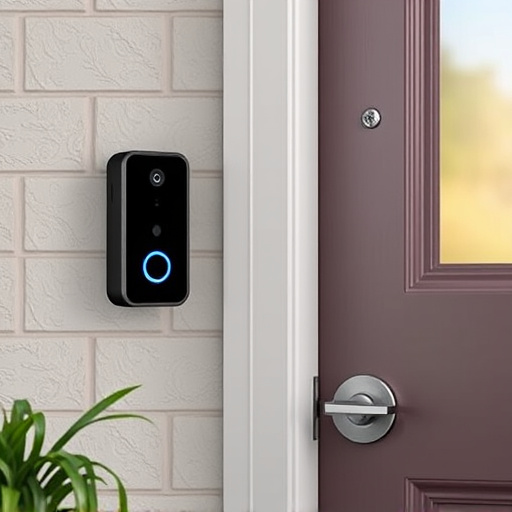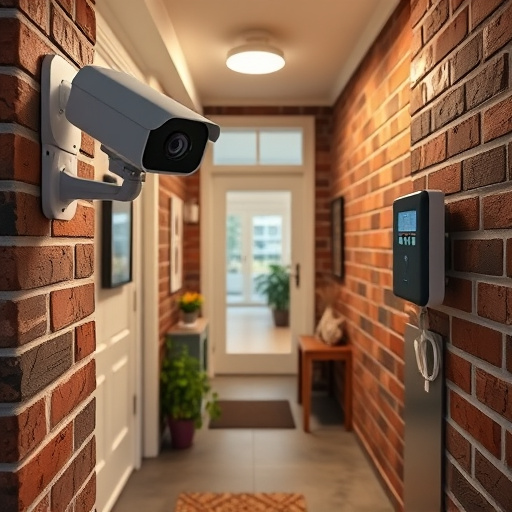To choose the best self-defense gear, start by assessing your daily routine and environment for unique risks. Select products like pepper spray, stun guns, or flashlights based on physical abilities and comfort level. Tailor your selection to specific scenarios (e.g., outdoor adventures) and consider ease of use, reliability, size, and threat levels. Regularly practice with and maintain your self-defense tools to ensure effectiveness and boost confidence. Always check local laws and prioritize safety when selecting personal protection equipment.
In today’s diverse world, understanding your self-defense needs is crucial for ensuring personal safety. This article guides you through the process of selecting the best self-defense gear, from assessing personal risks and environmental factors to categorizing products like pepper spray and stun guns. We’ll explore key factors in choosing effective self-defense tools, best practices for usage and carrying, and essential legal considerations. By the end, you’ll be equipped with knowledge to make informed decisions about your personal protection products.
- Understanding Your Self-Defense Needs: Assessing Personal Risks and Environment
- Categorizing Self-Defense Products: From Pepper Spray to Stun Guns
- Key Factors in Choosing Effective Self-Defense Tools
- Best Practices for Using and Carrying Self-Defense Gear
- Legal Considerations and Safety Tips for Self-Protection Equipment
Understanding Your Self-Defense Needs: Assessing Personal Risks and Environment

Understanding your self-defense needs is the first step in choosing the best self-defense gear. It’s essential to assess both personal risks and environmental factors that could impact your safety. Consider where you spend most of your time—whether it’s at home, work, or outdoors—and identify potential hazards unique to those locations. For instance, if you live in a high-crime area, products like pepper spray and personal alarms could be valuable additions to your personal protection products. On the other hand, if you frequently commute alone at night, a powerful flashlight or a stun gun might offer more effective self-defense equipment.
Additionally, think about your physical abilities and comfort level with different defense tools. Some individuals may prefer non-lethal options like tasers or pepper spray, while others might opt for traditional self-defense products such as knives or batons. Selecting the right defense tools should align with your skills and preferences, ensuring you’re confident in their use during an emergency. This consideration will help guide your decision when exploring various self-defense products on the market.
Categorizing Self-Defense Products: From Pepper Spray to Stun Guns

Self-defense products come in a wide variety, each designed to cater to different protection needs. When categorizing these tools, it’s essential to understand the specific purpose and application of each type. Pepper spray, for instance, is a popular choice due to its non-lethal, yet effective ability to disable an attacker temporarily. It’s ideal for close-range situations, providing users with time to escape or seek help.
Moving beyond pepper spray, stun guns represent another category of self-defense products. These devices use electric currents to disrupt an assailant’s motor functions, offering a powerful and reliable means of personal protection. Stun guns are particularly effective in close encounters, as they can be deployed quickly and easily. Other options include personal alarms, flashlights with strobe features, and self-defense keys, each serving unique purposes to ensure users have a variety of tools at their disposal for different scenarios. Selecting the best self-defense gear involves considering one’s daily routine, environment, and specific concerns, ensuring that chosen products are effective equipment for personal protection.
Key Factors in Choosing Effective Self-Defense Tools
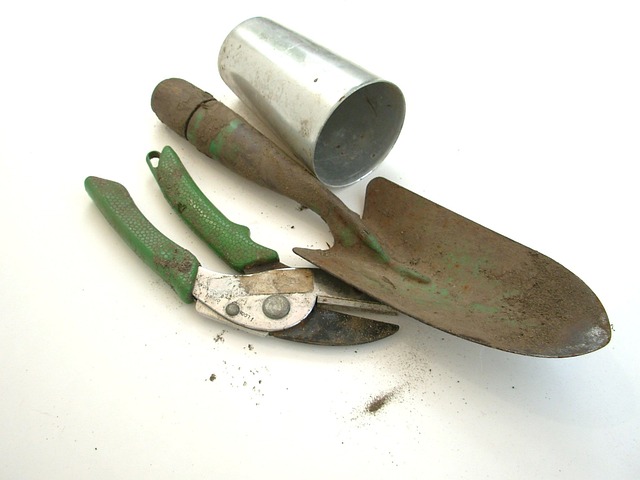
When selecting self-defense products, understanding your specific needs and preferences is paramount. The best self-defense gear should be tailored to your personal protection requirements, whether it’s for everyday carry, travel, or specialized scenarios like outdoor adventures or extreme sports. Consider factors such as ease of use, reliability, size and weight, and the level of threat you anticipate. Effective self-defense equipment often combines discretion with power; items that are easy to conceal yet pack a punch when needed.
Additionally, look for products designed with advanced features and high-quality materials. Well-crafted defense tools, like durable pepper spray, tactical flashlights, or noise makers, can provide a crucial advantage in unexpected situations. Researching different brands and reading reviews from users with similar needs will help you make informed decisions when choosing self-defense tools, ensuring you’re prepared for any eventuality.
Best Practices for Using and Carrying Self-Defense Gear

When it comes to self-defense gear, knowledge is power. Understanding how and when to deploy your chosen tools is crucial for their effectiveness. Start by familiarizing yourself with each product’s unique features and range. Practice drawing and using them until it becomes second nature, especially in stressful situations. Many self-defense experts advocate for keeping your tools readily accessible; consider holsters or pockets that allow for quick retrieval.
Additionally, regular maintenance is essential. Ensure your equipment is always charged, functional, and ready to use. Keep them clean and well-oiled (if applicable) to maintain optimal performance. Remember, the best self-defense gear is one you feel confident using. Choose tools that suit your personal protection needs and make you feel secure—a strong mindset paired with effective defense tools can be a powerful combination for safety.
Legal Considerations and Safety Tips for Self-Protection Equipment

When considering self-defense products for your personal protection, it’s crucial to understand the legal implications and safety guidelines that accompany their use. Different regions have varying laws regarding the possession and use of self-defense tools, so it’s essential to research and comply with local regulations. Always check if the self-defense product is legal in your area, as some items may be restricted or prohibited due to certain restrictions or classifications.
Safety should never be compromised when selecting defense gear. Ensure that you are properly trained on how to use any chosen self-defense equipment effectively and responsibly. Practice scenarios regularly to maintain proficiency and confidence in its use. Additionally, consider factors like quality, durability, and reliability when choosing self-defense products, as these will impact their effectiveness during an actual emergency.
